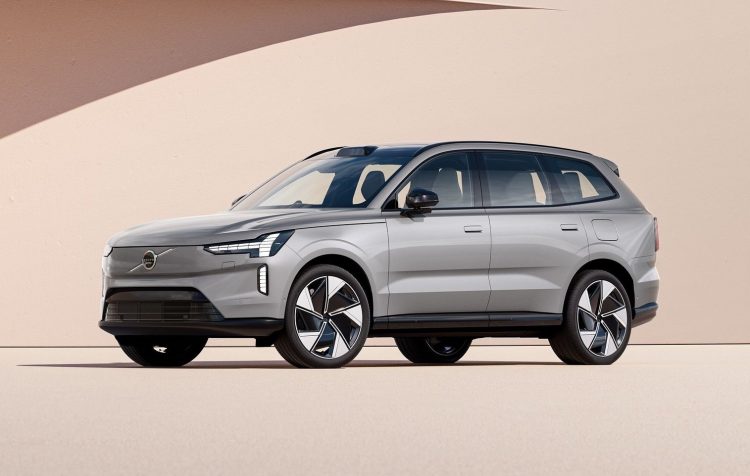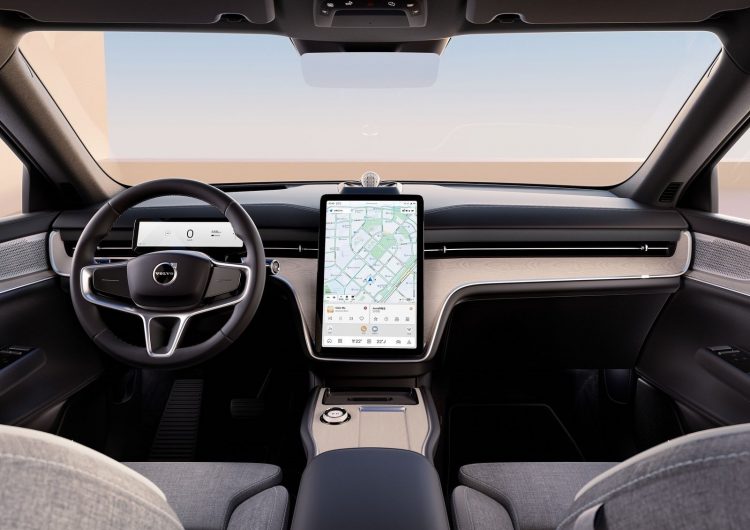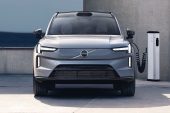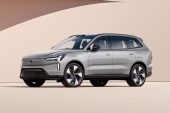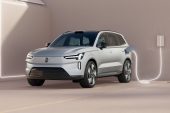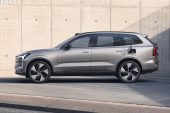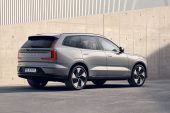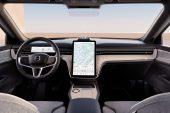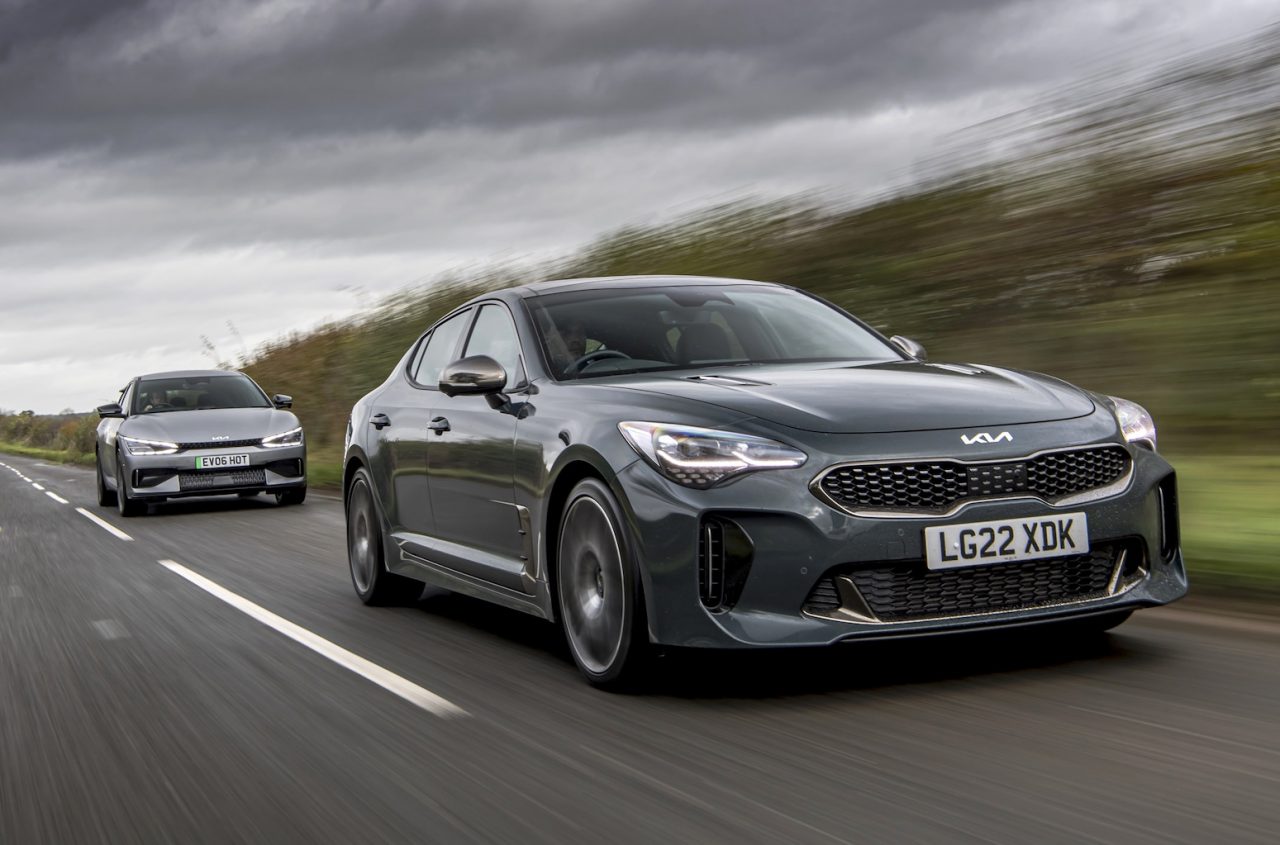Volvo has unveiled its new EX90 large SUV. It comes in as the replacement to the XC90, featuring a fully electric powertrain package as the company steers towards a full electric-only lineup by 2030.
In Australia, Volvo Cars has committed to a full electric lineup by 2026, pulling forward the date from headquarters. That means we will be one of the first markets to drop all petrol and diesel Volvos completely.
The EX90 debuts a new NVIDIA Drive AI platform that runs Snapdragon computers and processors, helping the SUV become one of the smartest vehicles on the road. It will offer update capability so it can adapt and evolve over time, with the capacity to completely monitor the road and driver and many other factors at once to ensure a safe journey.
The dashboard houses a 14.5-inch centre touch-screen running a Google-based operating system, offering Google Play, Google Maps, and Google Assistant technologies. It also offers wireless Apple CarPlay and a standard 5G connection.
Full specifications are yet to be outlined but Volvo says the EX90 will initially be offered in twin-motor all-wheel drive configuration, powered by a 111kWh battery that feds two electric motors (front and rear).
Combined, the system unleashes an impressive 380kW of power and 910Nm of torque, with a full charge delivering a WLTP-rated range of 600km. The battery will also offer the capacity to recharge from 10-80 per cent in under 30 minutes. Speaking about the new model, Jim Rowan, Volvo CEO, said:
“The Volvo EX90 is a statement for where we are, and where we are going. It’s fully electric with a range of up to 600 kilometres on a single charge, designed to further raise our safety standards, the first Volvo car to be truly defined by its software and part of a wider ecosystem, connecting to your home and your other devices. The Volvo EX90 is the start of something new for Volvo Cars in many ways.”
A lot of the vehicle’s construction is made with eco-conscious materials or methods. For example, around 15 per cent is recycled steel, 25 per cent recycled aluminium, and around 48kg of recycled plastics and bio-based materials. So the SUV won’t simply offer zero tailpipe emissions motoring but is also manufactured in thoughtful ways.
Production of the new model is set to commence next year in the USA, with an Australian market introduction not likely until at least the second half of 2024.
